Acrolein dimethyl acetal, also known as 3,3-dimethoxypropene-1, is an organic compound with the chemical formula C5H10O2. Here’s a brief description:
- Chemical Structure: Acrolein dimethyl acetal consists of a propenyl group (-CH2=CHCHO) with two methoxy groups (-OCH3) attached to the carbon adjacent to the carbonyl group.
- Physical Properties:
- Appearance: Acrolein dimethyl acetal is a colorless liquid with a pungent odor.
- Boiling Point: The boiling point of acrolein dimethyl acetal is approximately 74-76°C.
- Density: It has a density of about 0.88 g/cm³.
- Solubility: It is miscible with most organic solvents but only slightly soluble in water.
- Synthesis: Acrolein dimethyl acetal can be synthesized by the reaction of acrolein with methanol in the presence of an acid catalyst, followed by purification.
- Applications:
- Chemical Intermediate: Acrolein dimethyl acetal is primarily used as a chemical intermediate in organic synthesis. It can undergo various reactions, including nucleophilic addition and condensation reactions, to produce a wide range of compounds.
- Protective Agent: It is used as a protecting group in organic synthesis to selectively mask reactive functional groups and prevent undesired reactions.
- Flavoring Agent: Acrolein dimethyl acetal is used as a flavoring agent in the food industry, providing a fruity aroma to various products.
- Solvent: It is used as a solvent in certain chemical reactions and processes.
- Health and Safety Considerations:
- Acrolein dimethyl acetal is highly flammable and should be handled with caution.
- It may cause irritation to the skin, eyes, and respiratory tract upon contact or inhalation.
- Prolonged or repeated exposure may cause adverse health effects.
- Adequate ventilation and proper personal protective equipment (PPE), such as gloves and goggles, should be used when handling acrolein dimethyl acetal.
- Environmental Impact:
- Acrolein dimethyl acetal may have environmental implications if released into the environment. It can contribute to air pollution and may be harmful to aquatic organisms.
- Proper handling, storage, and disposal practices should be followed to minimize environmental contamination.


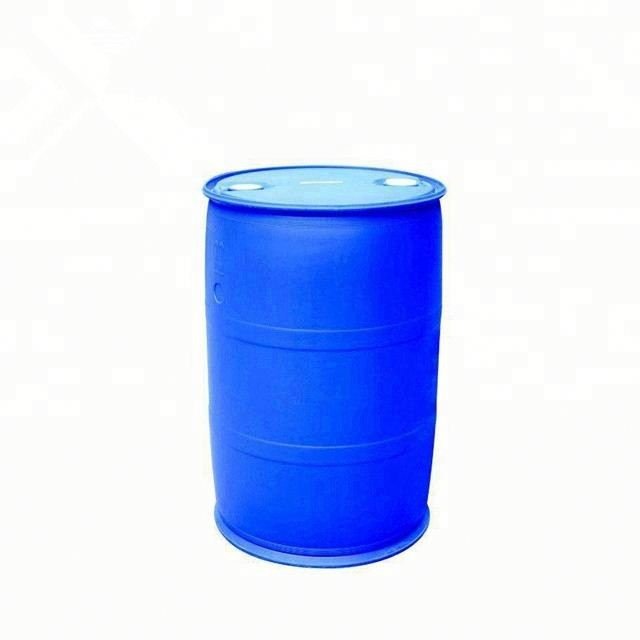

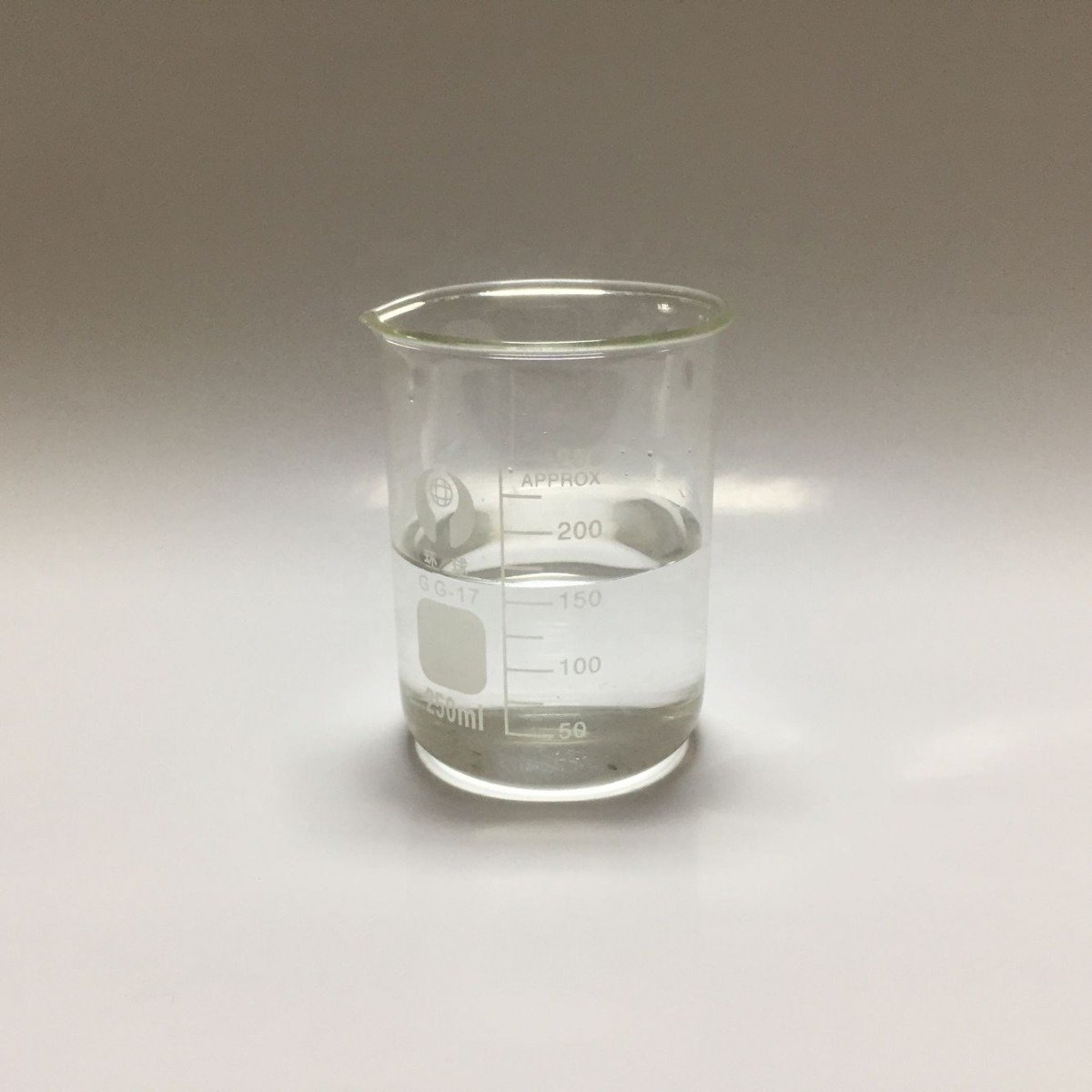
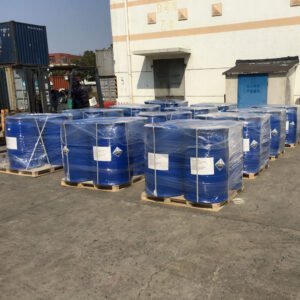
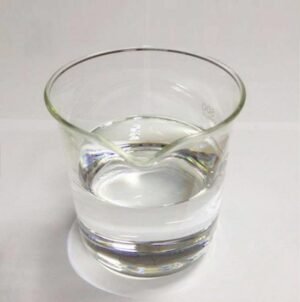
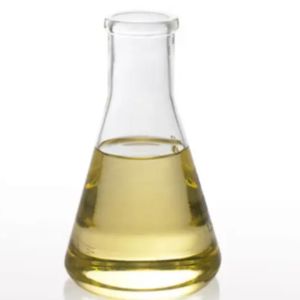


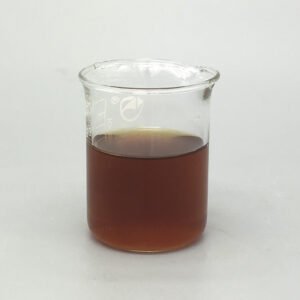
Reviews
There are no reviews yet.